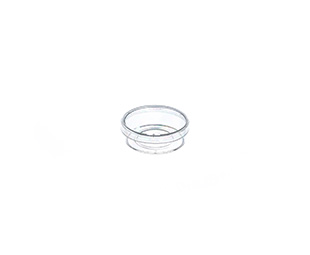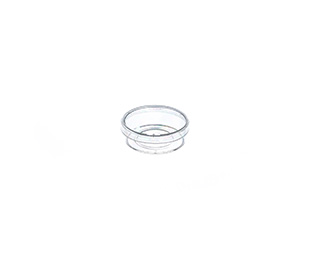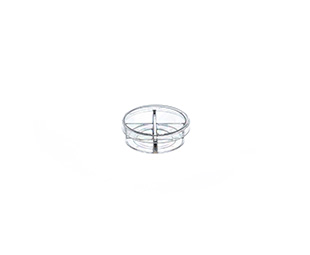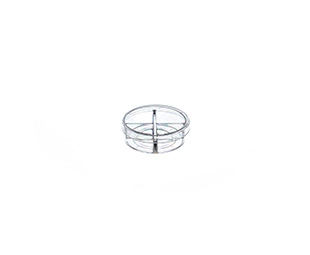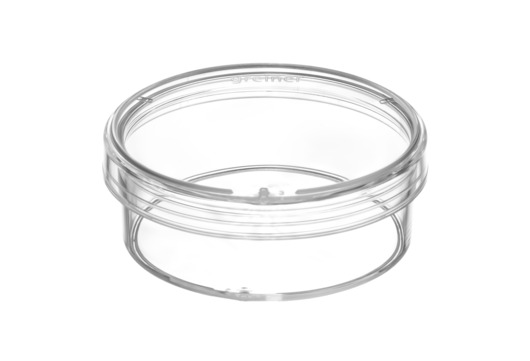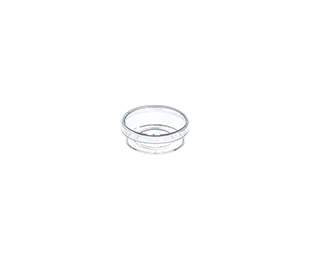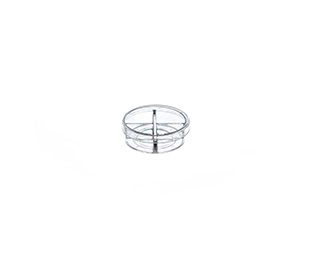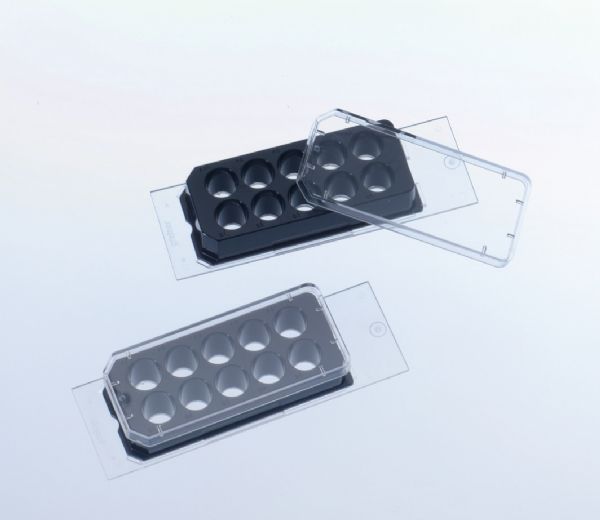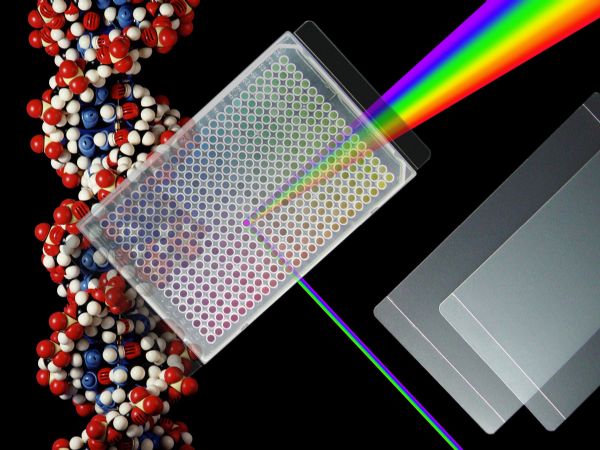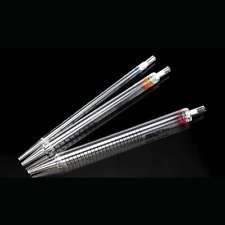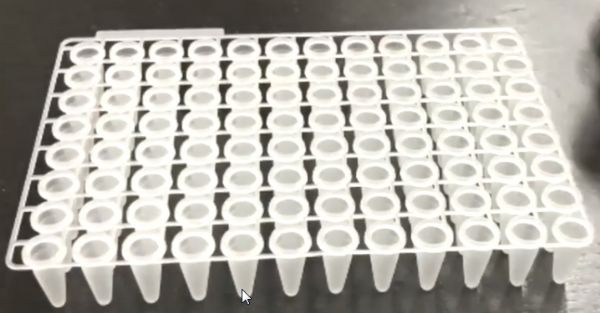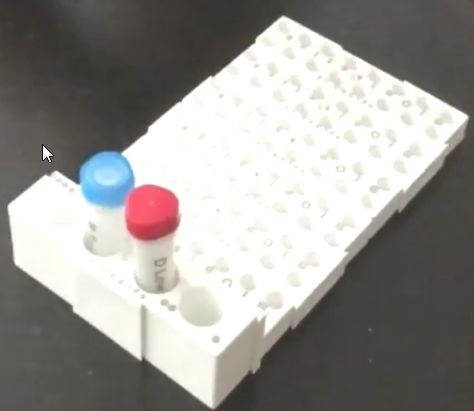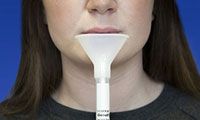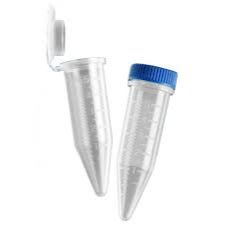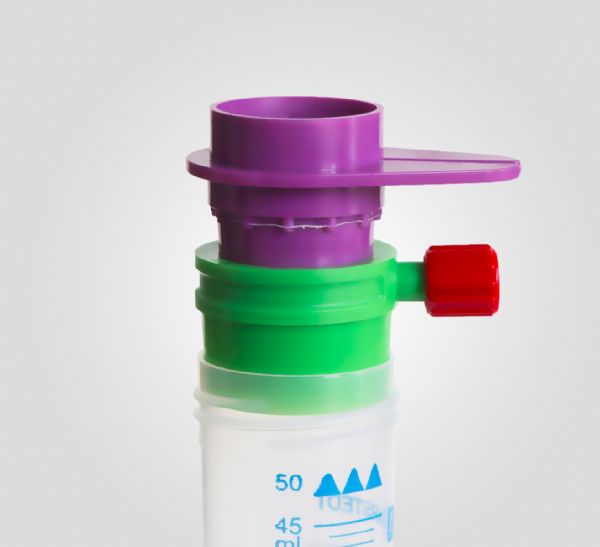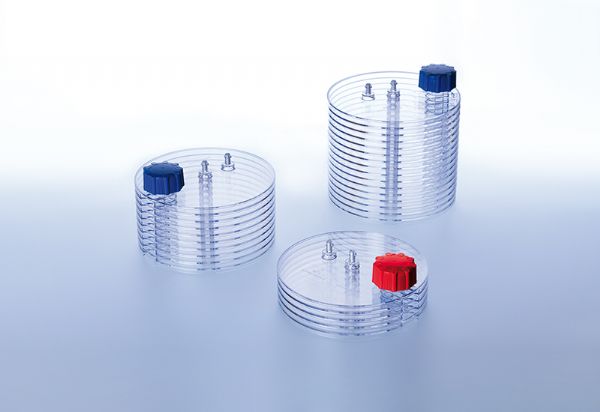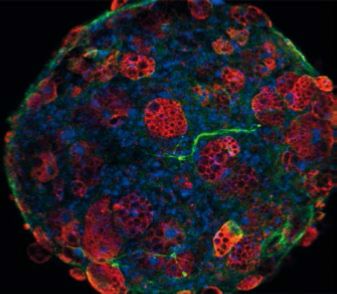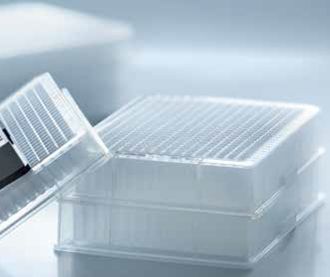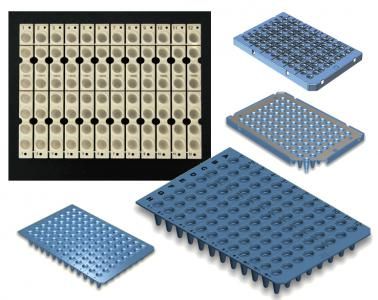-
Cell & Tissue Culture
- TC Flasks
- Suspension and Shakers Flasks
- Mass Cell Culture
- 3D Cell Culture
- Dishes
- 96 & Half Area Plates
- 1-4-6-12-24-48 Wells Plates
- 384 & 1536 Wells Plates
- Advanced TC Vessels
- Protein Coated Vessels
- Cell Repellent Vessels
- TC Inserts
- Culture Tubes
- Cryogenic
- Cell Scrapers
- Cell Strainers
- CELLreactor™ Filter Top Tube
- Roller Bottles & Apparatus
- Plate Sealers & Lids
- Plant Culture Vessels
- Microplates & Sealers
- Tissue Culture Glassware
-
HTS Microplates & Sealers
- 96 Well Microplates
- 96 Wells Black & White
- 384 Wells
- 1536 Wells Microplates
- UV Plates
- 96 Wells Polypropylene Plates
- Polypropylene Storage Plates
- Sample Storage
- Glass Bottom Plates
- Non Binding Microplates
- Streptavidin Coated Microplates
- Plate Sealers
- Heat Sealable Seals
- Seal Removal Tape
- Lids and CapMats
- Magnetic Beads Acces.
- Immunology
- Bacteriology
- Molecular Biology
- Dialysis Membranes
- Chemical Labs
- Filtration & Separation
- Protein Crystallization
- Liquid handling
- Histology & Microscopy
- Glassware
- Safety Products
- Drosophlia Vials & Bottles
- General Laboratory Items
Glass Bottom Dishes
Catalogue number *
Catalogue number 627860
Catalogue number 627861
Catalogue number 627870
Catalogue number 627871
Catalogue number 627960
Catalogue number 627965
Catalogue number 627975
X
הזמנת לקוחות רשומים
לקבלת טופס על המסך יש להקיש את מספר הלקוח שלך בחברת דה גרוט בע"מ
X
הזמנות ישירות - כללית שרותי בריאות
:לקבלת טופס הזמנה על המסך יש להקיש את הנתונים הבאים
X
contact us
We are readily availbale to get your inquiry:
phone: +972-3-9039999
fax: +972-3-9039090


